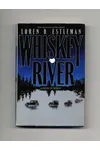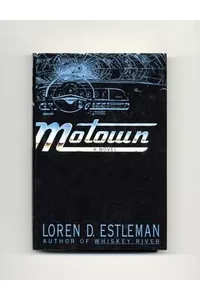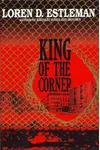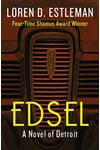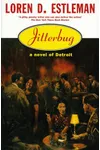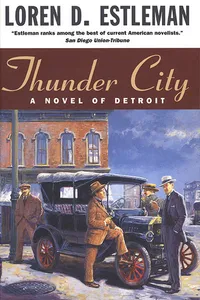Step into the gritty, pulse-pounding world of Loren D. Estleman’s Detroit Crime series, where the Motor City’s dark underbelly comes alive across seven thrilling novels. Blending historical fiction with hard-boiled crime, this series takes readers on a wild ride through Detroit’s tumultuous past, from Prohibition-era bootleggers to the racial tensions of the 1960s. With vivid characters and meticulous research, Estleman crafts a love letter to a city shaped by crime, industry, and resilience.
Unlike typical crime novels, Detroit Crime doesn’t just tell stories—it immerses you in a city’s soul, decade by decade. Whether you’re a noir enthusiast or a history buff, this series offers a front-row seat to Detroit’s shadowy evolution. Ready to dive in?
How Detroit Crime Began
Loren D. Estleman, a Michigan native and master of detective and Western fiction, launched the Detroit Crime series in 1990 with Whiskey River. Inspired by Detroit’s rich history as a hub of industry and crime, Estleman set out to chronicle the city’s 20th-century underworld through a lens of historical fiction. Originally envisioned as a trilogy, the series grew to seven novels, each tackling a different decade. Estleman’s love for Detroit, paired with his knack for gritty storytelling, made the series a standout in crime fiction.
A former journalist, Estleman’s research is impeccable, weaving real events—like the 1943 race riots or the rise of the auto industry—into fictional tales of gangsters, cops, and everyday dreamers. His use of a manual typewriter adds a retro charm to his process, reflecting the series’ old-school noir vibe.
The Heart of Detroit Crime
The series kicks off with Whiskey River, set in the 1920s, where journalist Connie Minor navigates Prohibition-era Detroit, tangled with the Purple Gang and bootleggers smuggling liquor across Lake Erie. Motown (1991) jumps to 1966, following ex-cop Rick Amery as he digs into a consumer advocate threatening GM, against a backdrop of racial unrest and mob power plays. Jitterbug (1998) explores World War II-era Detroit, with Lieutenant Max Zagreb hunting a serial killer amid race riots and wartime fervor. Finally, Thunder City (1999) rewinds to the early 1900s, depicting Henry Ford’s rise and the mafia’s grip on a budding Motor City.
Themes of corruption, power, and survival pulse through each novel. Estleman’s Detroit is a character itself—grimy, vibrant, and ever-changing. His noir style, sharp dialogue, and morally complex characters echo Raymond Chandler, but the historical depth sets the series apart. From mob bosses to factory workers, every figure feels authentic, grounded in the city’s cultural and racial tensions.
The series’ structure, skipping across decades, offers a kaleidoscopic view of Detroit’s evolution. Readers witness the city’s highs—like the auto industry’s boom—and lows, like economic decline and social strife. It’s a masterclass in blending fact and fiction, making history feel as thrilling as any crime caper.
Why Detroit Crime Resonates
Detroit Crime stands out for its unflinching look at a city often overlooked in mainstream fiction. Fans praise its vivid sense of place, with landmarks like the Ford factory and gritty streets leaping off the page. Estleman’s ability to humanize Detroit’s struggles—racial divides, industrial greed, and organized crime—has earned the series a cult following among crime fiction readers and Michiganders alike.
Though less known than Estleman’s Amos Walker series, Detroit Crime has left a mark by proving historical crime fiction can be both entertaining and profound. Its legacy lies in its portrait of Detroit as a microcosm of America’s 20th-century triumphs and tragedies, inspiring readers to explore the city’s real history.
- Publication Years: 1990–1999
- Number of Books: Seven
- Notable Recognition: Estleman’s broader work, including this series, contributed to his multiple Shamus and Western Heritage Awards.
Grab Whiskey River and dive into the shadowy, electrifying world of Detroit Crime—where history and noir collide!
